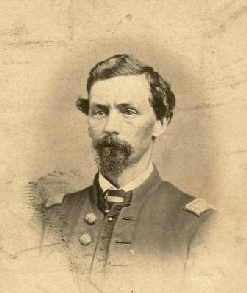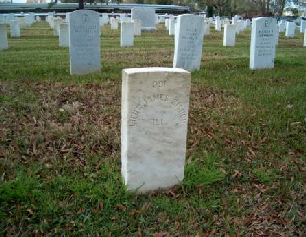Friends of Fort DeRussy, Inc.
The Official Site of Fort DeRussy, Louisiana

Fort DeRussy Participants, Blue & Grey
Lieutenant Jerome Bishop, D Co., 81st Illinois Infantry, USA
Lt. Bishop was killed at the fort on the evening of March 15, 1864, by shrapnel
from one of the 6-
A close examination of this picture of Lt. Bishop's grave will reveal that it reads
"James Bishop." Errors of this type -
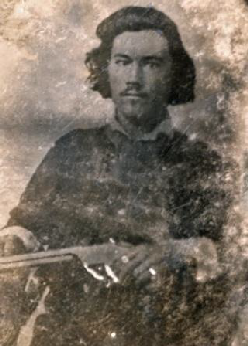
Private Pleasonton Grey Conner, Co. H, 19th Texas Inf., Walker's Texas Division, CSA.
Pvt. Conner was captured at the fort on March 14, 1864. He was taken to a prison camp in New Orleans, where he died of typhoid fever on July 2, 1864. He was buried in Cypress Grove Cemetery, grave 246. (Photo courtesy of Al Zucha, Houston, Texas.)
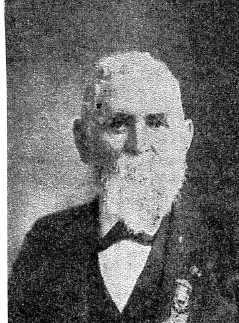
Captain Menomen O'Donnell, Gen. Mower's staff, USA.
Capt. O'Donnell was a native of Ireland. He was 29 years old when he charged Fort DeRussy. He received a Medal of Honor for his actions that day and earlier at Vicksburg. He died in 1911 and is buried in Mount Cavalry Cemetery, Vincennes, Indiana.
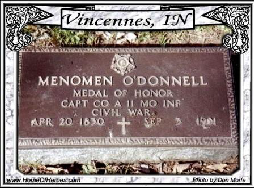
Lieutenant William Hervey, Hutton's Artillery, CSA
Lt. Hervey participated in all three major actions at Fort DeRussy -
After the War, Hervey moved with his family to Texas. He sold cotton gin equipment throughout the state, traveling by horse and two wheel buggy. While on the road, his horse was spooked and he fell into one of the wheels and could not free himself. After a few hours of being pulled in circles, a farmer came by and freed him. From that time until his death in August, 1881, he traveled by train. He never recovered from the damage done by the accident. He died and is buried in Comfort, Texas.
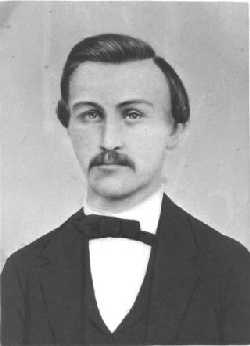
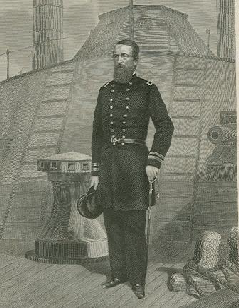
Admiral David Dixon Porter, US Navy
Admiral Porter was the senior US Navy man on Red River. He wrote extensively about Fort DeRussy. Sometimes complimentary, other times derisively.Bottom of Form
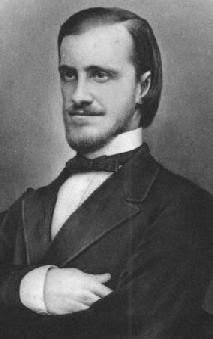
Major David French Boyd, Engineer Officer, CSA
Major Boyd served as Chief Engineer at Fort DeRussy until he was captured by Jayhawkers. Boyd was close personal friends with William T. Sherman, the infamous Union general. Sherman was the first president of the Louisiana State Seminary of Learning, which would later become Louisiana State University. Boyd was the second. Boyd died in 1899, and is buried in Magnolia Cemetery in Baton Rouge.
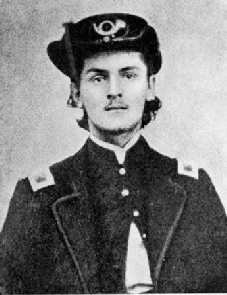
Colonel Charles Rivers Ellet, Mississippi Marine Brigade, US
Col. Ellet, the 19-
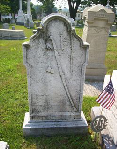
Lieutenant Charles Mortimer Rockefeller, Co. A, 178th New York, US
Lt. Rockefeller was awarded a Medal of Honor for his actions at Fort Blakely,
Alabama, in 1865. He stayed in the Regular Army after the war. He was sent to the
Philippines during the Spanish-
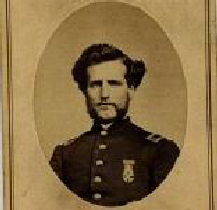
More pictures to come. . .
